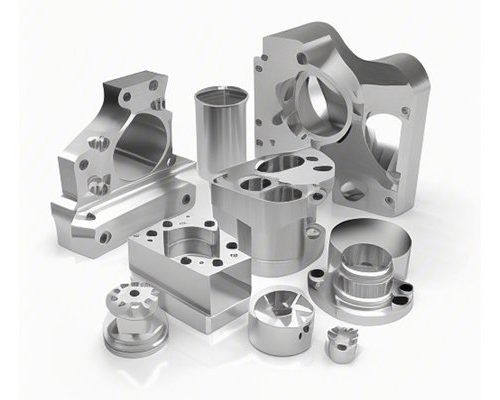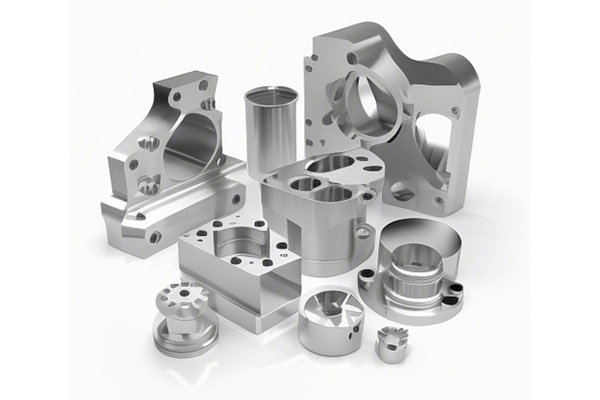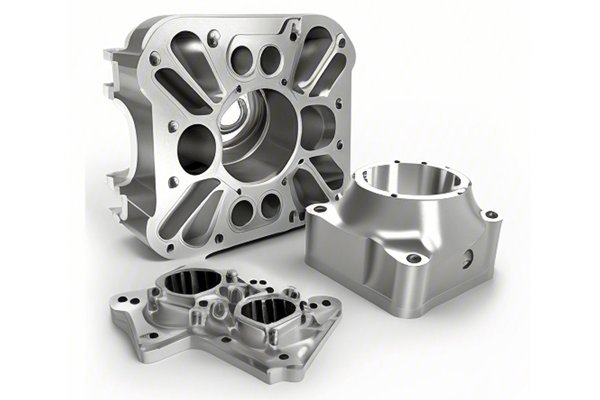Have you ever sat back and marveled at the intricate precision of a CNC machine? These powerful devices bring ideas to life, carving out everything from tiny components in a smartphone to massive parts for airplanes. But today, we’re going to talk about something equally fascinating—energy-saving technologies in CNC machining. In an era where sustainability is not just a buzzword but a necessity, understanding how these technologies work can help us protect our planet while still achieving that precision we all crave.
Why Energy Efficiency Matters in CNC Machining
Picture this: you’re perfectly milling a part, and everything looks immaculate. But what if, behind that flawless exterior, your machine is chugging along like an aging locomotive, guzzling energy and emitting more carbon than a fleet of gas-guzzlers? Not a pretty picture, right? Energy efficiency in CNC machining isn’t just about saving costs; it’s about rethinking our relationship with energy consumption. When we find ways to lower energy usage, we’re not just saving our wallets—we’re saving the environment.
The Rise of Energy-Efficient CNC Machines
Over recent years, the CNC industry has seen a surge in energy-efficient technologies. Engineers and manufacturers alike are buzzing about innovations that streamline processes and reduce energy consumption. But what’s causing this shift? Well, it’s a combination of rising energy costs, stricter environmental regulations, and consumers who increasingly demand eco-friendliness from the products they use. The result? A pressing need for solutions that achieve high performance while being gentle on the environment.
Energy-Saving Technologies: A Closer Look
Alright, let’s peel back the layers here. What exactly are these energy-saving technologies, and how do they work?
Think of traditional stepper motors as the reliable, old-fashioned delivery trucks of CNC machining. They get the job done but are often inefficient. Now, imagine switching to advanced servo motors—like replacing that delivery truck with a sleek electric sports car that zooms off the track without wasting an ounce of fuel. Advanced servo motors optimize energy use by adjusting their torque and speed based on the task at hand, significantly cutting down on unnecessary energy expenditure.
Have you ever noticed how hybrid cars recover energy when you brake? CNC machining is getting a taste of that magic too! Regenerative braking systems in CNC machines capture energy during the braking process and redirect it for future use, sort of like a hamster running on a wheel—this energy doesn’t go to waste; instead, it gets harnessed and reused.
Imagine being able to control the flow of energy just like you control the faucet in your kitchen. VFDs allow CNC machines to adjust motor speed and torque in real-time, optimizing energy consumption based on the workload. It’s like having a personal assistant for your machine, always ready to make the most of every ounce of energy.
Many processes in CNC machining generate a lot of heat, and that’s where coolants come into play. Think of high-efficiency coolants as the refreshing iced drink on a scorching summer day for your machine. They not only lower operating temperatures but also help prevent thermal stress and degradation of components, leading to longer lifespans and less frequent energy-intensive repairs.
Let’s face it—who doesn’t love a good gadget? Smart sensors and monitoring systems provide real-time data on machine performance, alerting operators when energy usage spikes or when maintenance is due. It’s akin to having a fitness tracker but for your CNC machine, guiding you toward a healthier, more efficient operation.
Benefits Beyond Energy Savings
Now that we’ve taken a deeper dive into these technologies, you’re probably wondering what’s in it for you beyond the initial energy savings. Here are a few compelling reasons to consider:
Improved Reliability and Lifespan
When machines are operated with energy efficiency in mind, they tend to be more reliable and last longer. Fewer breakdowns mean fewer annoying interruptions in production, allowing for a smoother-running operation. Wouldn’t you love to avoid those moments when a machine suddenly decides to take a vacation right before a big deadline?
Enhanced Quality of Work

Energy-saving technologies often enhance the overall quality of work as well. For instance, advanced cooling systems keep temperatures stable, leading to more accurate cuts. It’s like ensuring a cake bakes evenly rather than ending up with a lopsided disaster. The result? Higher quality products that can drive customer satisfaction and increase your bottom line.
A Positive Brand Image
Today’s consumers are more conscious than ever about where their products come from and how they’re made. By promoting your commitment to energy-efficient practices, you’ll not only enhance your company’s reputation but also attract a customer base that values sustainability. You don’t just sell products; you sell a story about responsibility towards the planet.
Overcoming Challenges in Implementation
Every rose has its thorn, right? Implementing these energy-saving technologies isn’t without its challenges. The upfront costs can seem daunting, and there’s often a learning curve. It’s kind of like deciding to go all-in on an organic diet; initial changes can be difficult, but the long-term benefits to your health are undeniable.
Cost of Transition
Transitioning to energy-efficient machinery can require a significant investment. However, think of it as planting a tree. Sure, it takes time and resources to grow, but once it flourishes, it offers shade and fruit for years to come. Many manufacturers find that the return on investment (ROI) far outweighs initial expenses due to lower energy bills and increased productivity.
Training Staff
With new technology comes the need for training. Your team may have to adapt to new systems, and the thought of training everyone can be daunting. However, just as athletes don’t become champions overnight, neither do machines become efficient without a little coaching. Investing time in staff training pays off when they harness the full potential of the new systems.
Future Trends in Energy-Saving Technologies
Looking ahead, energy-saving technologies in CNC machining are poised for even more innovations. As industries work to combat climate change, we can expect to see:
Artificial Intelligence Integration
Imagine a CNC machine that learns from past operations and optimizes energy use automatically. With advancements in artificial intelligence (AI), this future could be right around the corner. AI could analyze energy consumption patterns and suggest improvements, much like a personalized fitness app that guides you toward achieving your best self.
Sustainable Materials
The focus on sustainability extends beyond the machines themselves. Expect increased interest in sustainable materials that require less energy to process. It’s like a win-win; you’ll save energy while producing components that are also environmentally friendly.
Legislative Support
With governments worldwide tightening the reins on energy consumption, you can bet that new regulations will emerge. This will likely accelerate the adoption of energy-efficient technologies, pushing manufacturers to innovate or risk falling behind. Woefully outdated equipment may soon be a thing of the past, replaced by state-of-the-art technology that aligns with sustainability goals.
Conclusion: Embracing a Sustainable Future
As we wrap this up, let’s circle back to the bigger picture. Energy-saving technologies in CNC machining aren’t just about reducing energy bills; they represent a shift in how we approach manufacturing. In a world that urgently needs to embrace sustainability, incorporating these technologies allows us to balance productivity with ecological responsibility.
So, the next time you witness the mesmerizing dance of a CNC machine carving out parts with precision, remember the unseen efforts keeping everything running smoothly. Let’s embrace the journey toward energy efficiency, together carving out a brighter, greener future for generations to come.
Thank you for joining me on this exploration of energy-saving technologies in CNC machining. I hope you feel inspired to look into how these innovations can enhance efficiency in your own operations. What are your thoughts? Are there any specific technologies you’ve found particularly useful? Let’s discuss!



